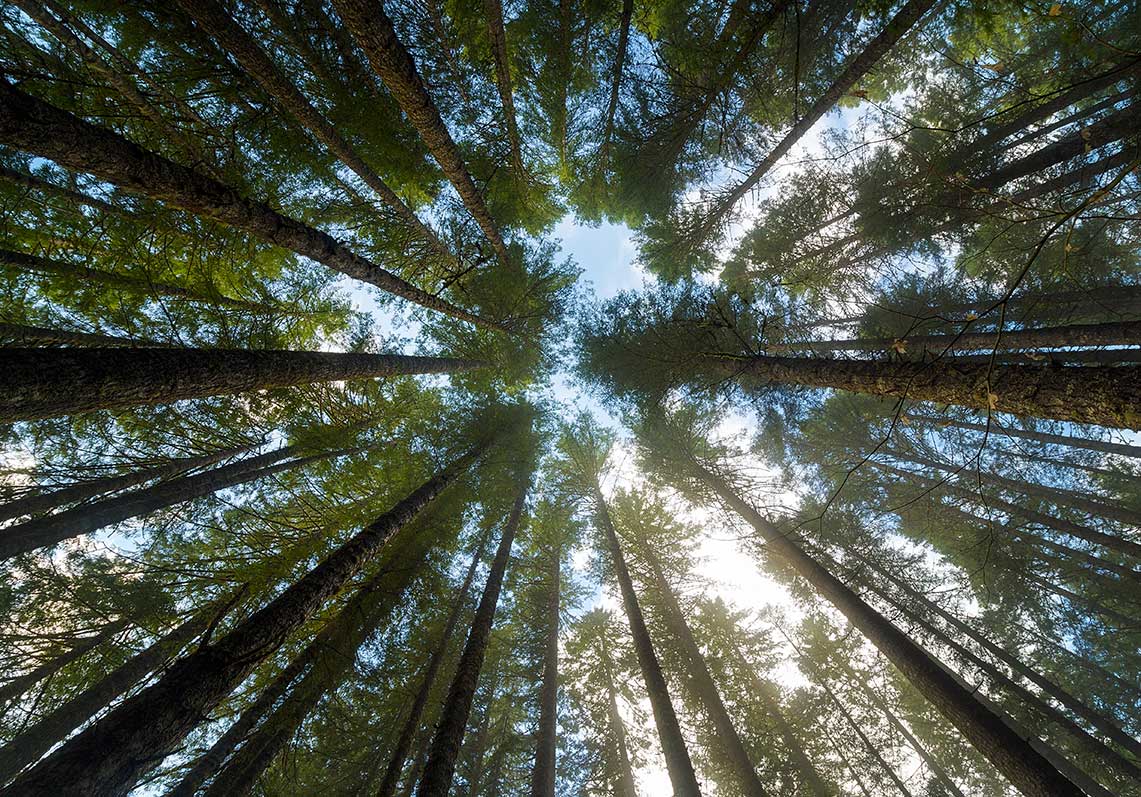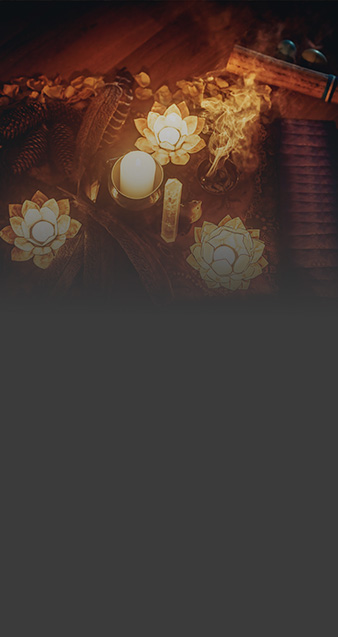Psychedelic coaches are guides, not suppliers, yet one of the most common questions they face is, “Where can I find magic mushrooms?” Psilocybin is illegal in most states, territories, and countries, and while it’s acceptable for a coach to provide guidance on safe dosage and use, they should never provide the actual product.
With that in mind, where do clients actually source magic mushrooms and psilocybin extracts, and how can coaches know if what their clients are taking is safe? Moreover, what are the moral, ethical, and legal implications of advising a client about sourcing this substance?
What Are Magic Mushrooms? A Quick Refresher
Magic mushrooms are fungi that contain active substances like psilocybin and psilocin, which are known to produce psychedelic effects. There are over 200 known species of these mushrooms around the world, and they have been used in traditional and shamanic practices for many centuries, with the earliest use dating back several thousand years. (1) (2)
In recent years, these psychedelic medicines have exploded in popularity, with many studies suggesting that they could provide various health benefits. However, while they have been decriminalized in numerous US cities, they are still considered a Schedule I controlled substance.
Foraging in the Wild: Powerful but Risky
The use, sale, and possession of psilocybin mushrooms is illegal in the United States. In most cases, growing magic mushrooms is also illegal and can be classified as manufacturing.
However, these mushrooms grow in the wild, and the federal government is in no position to subpoena Mother Nature. Technically, this puts foraging in somewhat of a grey area—the mushrooms grow freely and can be picked, but doing so means you’re in possession of them, and that could constitute a crime.
As a coach, there are two main considerations here:
- Ensure clients are aware of the legal ramifications of foraging and using magic mushrooms in their state, and
- make them aware of the potential risks of misidentifying magic mushrooms when foraging.
The latter point is key. Between 1999 and 2016, US poison centers logged 133,700 cases of “mushroom exposure”, most of which were ingested. The vast majority of these resulted in little or no harm, but 704 caused major harm, and there were 52 fatalities. (3)
It is very easy to misidentify mushrooms. Everyone has a smartphone. We all have access to the internet, and there is no shortage of apps and websites to help you identify supposedly safe mushrooms. But they’re not always effective.
In one case, a 55-year-old man picked mushrooms growing in his garden that an app identified as safe and edible. His family picked wild mushrooms on a regular basis, and he was clearly confident he had correctly identified the species, but within hours, he was violently vomiting, and he later discovered he’d eaten enough toxins to kill him. (4)
He survived, but many others haven’t been as lucky, highlighting just how dangerous foraging can be, even for those referencing apps and textbooks.
Tips for safe foraging:
As a coach, it’s best to discourage amateurs from foraging. Only those with mycological training should forage for edible or medicinal mushrooms. Coaches should also share helpful tips:
- Study: Guides like Psilocybin Mushrooms of the World by Paul Stamets are helpful in identifying mushrooms
- Join Online Groups: There are various groups devoted to studying and discussing magic mushrooms. There are also threads discussing this topic in the Third Wave community.
- Join Local Groups: Check for mycology groups in your local area. They may even arrange occasional foraging trips.
- Read Up On Specific Species: Certain mushrooms thrive in specific regions and under certain conditions—the more you know about these markers, the easier it will be to spot them.
Where Mushrooms Grow Naturally
Magic mushrooms grow all over the United States, with the highest concentrations in California (particularly in the north), Washington, and Oregon. Most species can grow throughout the year, and in the case of Psilocybe cubensis, they typically grow on bovine dung and appear several days after heavy rain.
They also grow across Canada, Mexico, and South America and can be found in Southeast Asia, Australia, and parts of Africa and Europe.
Top 5 Psilocybin Species to Know
- Psilocybe cubensis: The most common type of magic mushroom and the easiest to grow, Psilocybe cubensis mainly grows on bovine dung and thrives in tropical and subtropical regions.
- Psilocybe semilanceata (Liberty Cap): Often found in grassy areas, this variety grows throughout Europe and large parts of North and South America, predominantly in the Pacific Northwest.
- Psilocybe cyanescens (Wavy Caps): The name “Wavy Caps” comes from this mushroom’s distinctive top. It’s one of the most potent varieties and can be found growing on wood chips and other debris along the East and West coasts of the US.
- Panaeolus cyanescens (Blue Meanies): Once known as “Copelandia cyanescens”, this mushroom earned the nickname “Blue Meanies” as it turns blue when picked and is very strong. It can grow throughout the year, but is more common from the spring to the autumn in subtropical climates.
- Psilocybe azurescens: A potent variety that is endemic to the Western United States. It’s often seen growing wild in sandy soils among coastal grassland in Washington and Oregon and usually fruits from September to January.
Cultivation: The Safest and Most Accessible Path
The risk of poisoning through misidentification means that foraging is rarely the best option. It might be free, and depending on the season and your location, there could be a crop of psilocybe mushrooms waiting to be harvested nearby, but it’s not worth the risk. Unless clients know what they are looking for and can be absolutely sure of what they are picking, it’s fraught with danger.
Cultivation is often the better option. The individual can buy identified spores, grow them in the privacy of their own homes, and then consume them knowing exactly what they are taking. Spores are also legal in most US states, so sourcing the genuine article shouldn’t be an issue.
By cultivating their own mushrooms, clients may feel a closer connection to the substance and can sit with confidence. Beginners often struggle with anxiety during the early stages of a sitting, and if there is any risk that they took the wrong substance, it can fester and grow, becoming a malignant threat that may hinder their experience. There’s no such risk with cultivation.
Bear in mind, however, that cultivation is illegal in most states and countries. Practitioners must make clients aware of this fact and encourage them to check their local laws.
Clients can learn more about cultivating mushrooms with Third Wave’s Mushroom Grow Kit & Course. Take the course, learn the ins and outs, and recommend it to clients who want to learn more about sourcing magic mushrooms.
Legal Considerations: What Coaches Must Know
The legality of magic mushrooms changes from state to state and country to country. In the Netherlands, it’s legal to purchase ”psilocybin truffles”, even though most other forms of psilocybin are illegal. In countries like Jamaica, there are no laws prohibiting their use, while in others (including Austria, Spain, Portugal, Nepal, and Switzerland), they are still illegal but have either been decriminalized or simply don’t enforce the laws. (5) (6)
In the United States, possession has been decriminalized in many cities, including Ann Arbor, San Francisco, and Santa Cruz, and it is legal throughout Colorado and Washington D.C. Laws can change, though, and at times, they can seem ambiguous. As a psychedelic practitioner, you should inform your client as best you can without talking in definitives.
Needless to say, you should never advise a client to break the law. (7) (8) (9)
The onus should be on the client to check their local laws before they partake in harvesting, cultivating, or consuming magic mushrooms.
Retreats, Directories, and Ethical Sourcing
Legal psilocybin retreats provide those who want to sit with psychedelics with a safe, secure, and friendly space with which to experiment. These are available in various states, territories, and countries, but as noted above, the laws governing the use of this substance can vary greatly.
Such retreats have been popular in Oregon, the Netherlands, and Jamaica. (10) (11) (12)
If you have a client interested in attending a psilocybin retreat or wish to expand your own experience with more personal sittings, check out this list of retreats on Third Wave.
Final Thoughts: Empowerment through Education
As a psychedelic practitioner, your duty is to advise, protect, and assist the client as they undergo a psychedelic experience. The coach should educate without prescribing, refer without recommending, and ensure they consider the legal, ethical, and moral implications of everything that they do.
Learn more about PCI’s Practitioner Certification Program.





